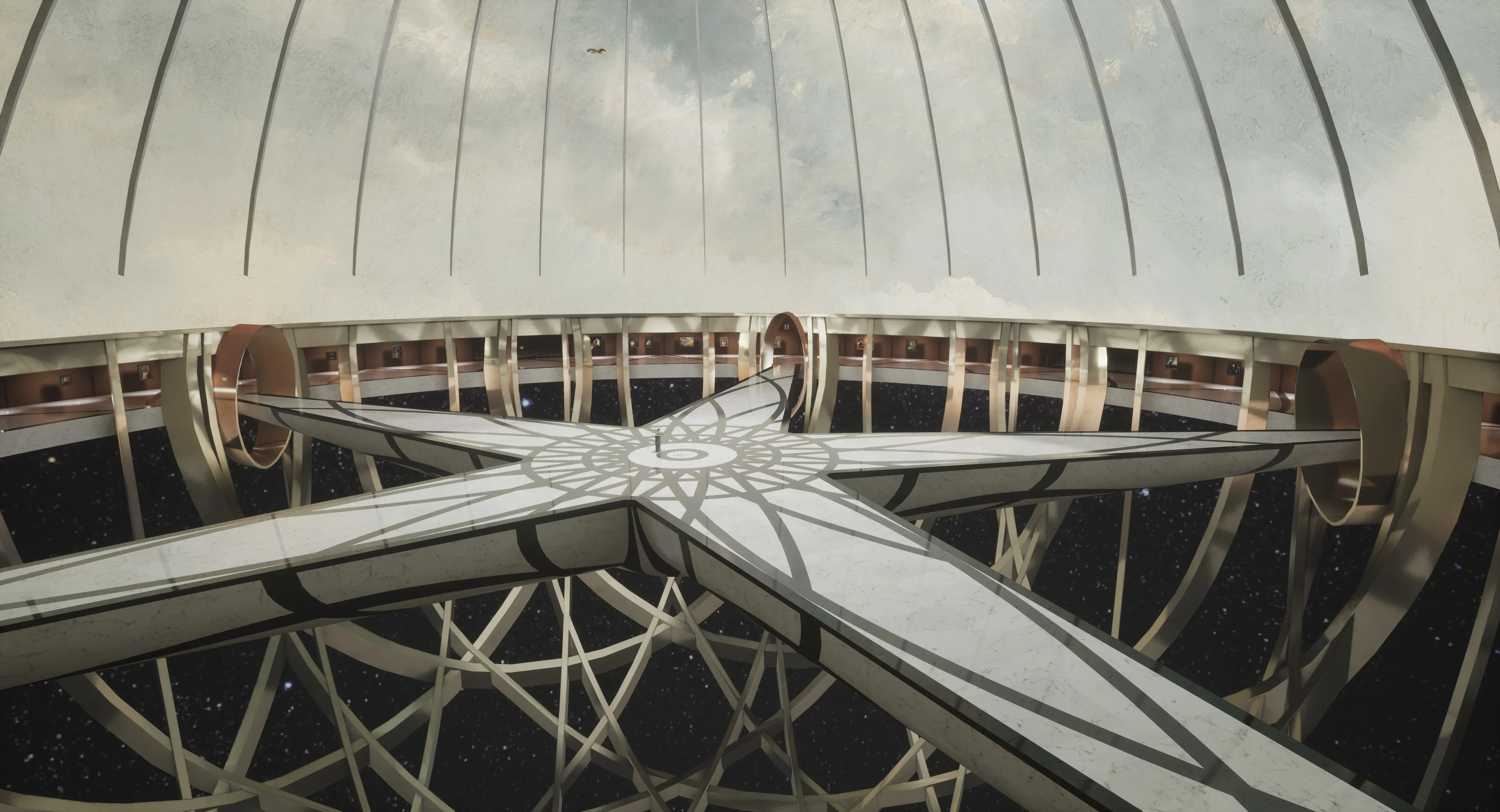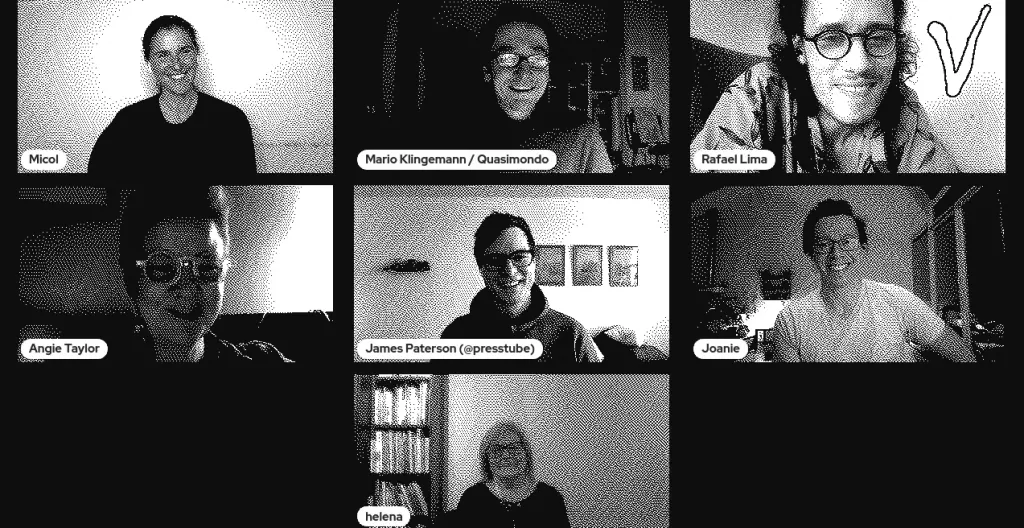.ART Digital Innovation in Art Nominee, Joel Kremer: “The new generation doesn't just get technology, it also expects it”
Addressing the Digital Natives


Both companies and individuals submitted numerous applications for the Digital Innovation in Art award, supported by .ART for the third year. The Award recognises the innovators in the art industry that are using digital technology to push the traditional boundaries of the art market. This year’s awards ceremony will take place on October 3rd in London and in the meantime, we are introducing our nominees.
After an international tour that took him around the world promoting the Kremer Museum, it’s hardly a surprise that the Ex-Googler Joel Kremer is a nominee for the Digital Innovation in Art Award. The Kremer Museum, a VR museum designed by the architect Johan van Lierop, hosts an Old Masters collection of about 75 works collected over the years by Joel’s parents George and Ilone Kremer.

“The initial goal was to share the art with as many people as possible in a scalable way” comments Joel, who is currently also the Director of the collection. To identify the channel that would allow people around the world to access the collection while retaining the original quality of its masterpieces was a challenge. At first, Joel became involved by taking over management of the website. He notes that “it was the easiest way of telling people about our collection”.
When it comes to museums, there is a 1 to 5 ratio of people visiting offline vs online. Any top 100 museums that are saying that they want to double their offline numbers in size are either lying or delusional.
The idea later grew to create a virtual space to host the collection. To build ultra-high-resolution visual models and retain the smallest level of detail on each of the paintings, the team used a photogrammetry technique. Every painting was photographed between 2,500 and 3,500 times to achieve this. All the paintings were then placed in a cosmic virtual hall in space (because why limit yourself to Earth when you can create anything in VR?), which users could browse from anywhere in the world using a headset. In such a way, Joel says that he achieved to “take what his parents have built and prepare it for the future”.
How to use your .ART domain name as your crypto address. Read More .ART Domain Name: Your Digital Business Card Read More How to link your .ART domain to your website Read More
“The focus audience going forward is the new generation, anyone younger than me. These people grew up with technology, they are the digital natives” answers Joel when asked about his ideal users. “They not only get it, but they also expect it” he adds, referring to the digitization that the collection underwent. The drive to make art easily accessible to the younger generation has resulted in the launch of the Mighty Masters initiative. The initiative, targeted at kids aged between 6 and 16, aims to bring VR tools into the classrooms and make the Kremer Collection accessible in communities that can’t afford travelling to cultural destinations.
When it comes to museums, “there is a 1 to 5 ratio of people visiting offline vs online,” remarks Joel, and “any top 100 museums that are saying that they want to double their offline numbers in size are either lying or delusional… these museums may be licensing their names or cloning to have new locations, but that’s a 10-year multi-million or even multi-billion dollar investment of mostly taxpayers money… and all that to only scratch the surface of who you could be reaching”. At that point, Joel notes that nothing will ever beat the physical experience of a museum, but then, he immediately gives an example of the Mona Lisa, saying that “people can’t get close to the painting anymore… there’s bulletproof glass, there’s a barrier, and there are guards and 500 people in front of you”. “That’s not a meaningful art experience”, he concludes.
For more information about the Kremer Museum visit here
To try out their new Facebook filter and take a museum selfie click here










